- Jump to:
- Main Features
- Developing Team Behind the Creation of TradingView
- Interface of the TradingView Platform
- Order Types/Order Execution on the TradingView Platform
- Specific Features of TradingView
- TradingView Supported Devices
TradingView is an advanced charting platform and social network used by 90M+ traders and investors globally. Founded in 2011, the company has offices in New York and London. Depending on their preferences, traders can use TradingView’s browser, desktop, and mobile apps empowering them to take their trading to the next level.
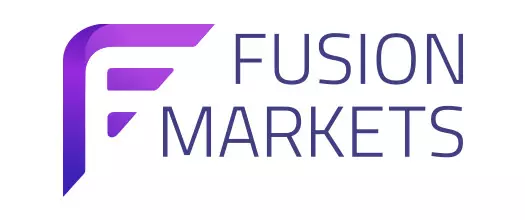 Fusion Markets74-89% of retail's CFD accounts lose money
Fusion Markets74-89% of retail's CFD accounts lose money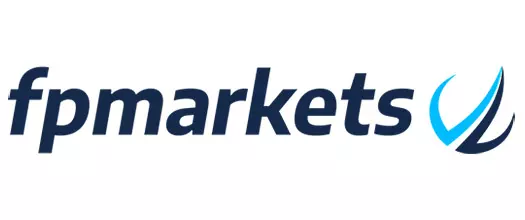 FP Markets73.85% of retail investor accounts lose money
FP Markets73.85% of retail investor accounts lose money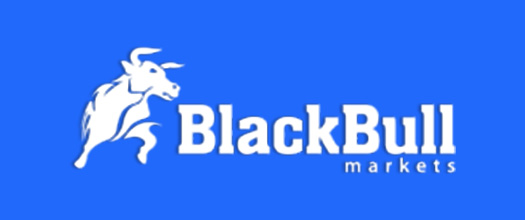 BlackBull MarketsTrading leveraged products is risky
BlackBull MarketsTrading leveraged products is risky Pepperstone75.5% of retail investor accounts lose money
Pepperstone75.5% of retail investor accounts lose money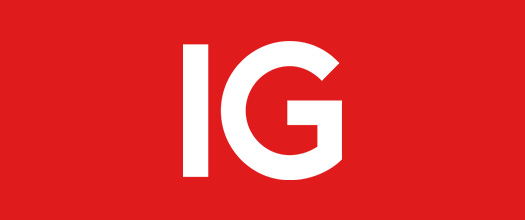 IG70% of retail client accounts lose money when trading CFDs with this investment provider.
IG70% of retail client accounts lose money when trading CFDs with this investment provider.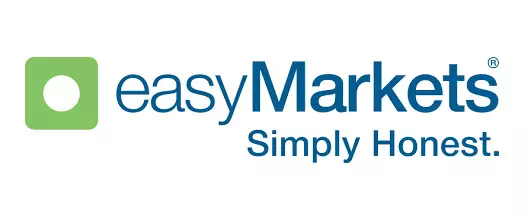 easyMarkets71% of retail investor accounts lose money
easyMarkets71% of retail investor accounts lose money Eightcap81.96% of retail investor accounts lose money when trading CFDs with this provider.
Eightcap81.96% of retail investor accounts lose money when trading CFDs with this provider.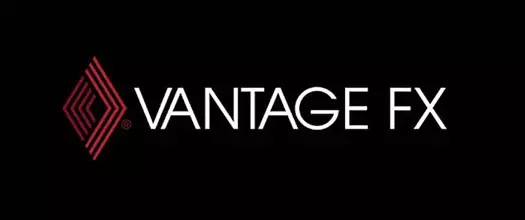 Vantage FX
Vantage FX
Our team has thoroughly evaluated all brokers listed below using TradingPedia’s exclusive methodology.
Main Features of the Best TradingView Forex Brokers
- Brand
- Trading platforms
- Minimum deposit
- Regulations
- Trading instruments
- Spreads
- Leverage for Forex CFDs
- Leverage for Crypto CFDs
- Leverage for Indices CFDs
- Deposit methods
- Withdrawal Methods
- Commission per Lot
- Contact details
Developing Team Behind the Creation of TradingView
Established in 2011, TradingView is a leading financial services company that quickly garnered popularity among traders and investors thanks to the successful combination of a trading platform and a social network. The founders, Stan Bokov, Denis Globa, and Constantin Ivanov, were previously involved in the creation of MultiCharts, a project designed for professional traders. It has subsequently sparked the idea of a platform that would be accessible to traders of all levels, with the added opportunity for interaction and sharing trading strategies.
Back in 2013, the developing team behind the platform took part in the Chicago TechStars accelerator program, winning seed funding from several investors. Subsequently, the start-up increased the number of its employees and upgraded the markets and functionalities supported by the platform.
In 2018, TradingView achieved another milestone by securing $37 million in Series B funding, led by Insight Ventures. This has expanded the platform’s capabilities and facilitated a broader market coverage, including commodities, cryptocurrencies, and equities.
One year later, TradingView acquired TradeIt, which led to enhancing the platform’s functionality and user experience, enabling customers to link their brokerage accounts and trade from any app or website.
TradingView has established partnerships with some of the world’s largest brokerages and exchange platforms, empowering customers with immediate access to markets and data. The company has gone a long way since its inception, constantly improving its functionalities and adding innovative products. These include Streams, Timelines, the Pine Script™ programming language, Paper Trading, and the Wizard Program.
TradingView’s valuation amounts to $3 billion, as per data from 2023. The platform has become a top-ranked venue “where the world charts, chats, and trades markets”.
Interface of the TradingView Platform
TradingView is an intuitive platform that helps novice traders quickly understand the intricacies of trading. Advanced traders will also find the platform extremely helpful in improving their performance. Setting up an account with the platform is a hassle-free process granting them access to a broad range of features and tools.
The sign-up process involves visiting the website, tradingview.com, and navigating to the “Sign-up” area located in the upper right corner. The required registration data includes email, username, and password. Alternatively, traders can use their Google or Facebook accounts. Verification of the provided email is part of the account registration procedure. Once traders have created and verified their profiles, they can proceed with personalization, including adding a profile photo and providing further information about their trading experience.
Upon account login, traders will be directed to the dashboard, which is essentially, the command center ensuring access to the platform’s functionalities and tools. Here, they can monitor their watchlists and recent activity, among other things.
At the top area of the screen, TradingView users will find the “Chart” tab. It will open a new window where traders can select their trading instruments and personalize their chart settings. Here, they will find drawing tools and indicators to use for technical analysis.
By navigating to the “Markets” tab, users can get real-time market data on a broad spectrum of financial tools, including forex, cryptocurrencies, stocks, and commodities.
TradingView’s standout feature, the ability to engage with fellow traders and investors via the social feature of the platform, can be accessed by navigating to the “Ideas” tab.
The “Alerts” tab keeps traders informed about market news and trading opportunities. They can easily set up alerts and notifications from this panel. Under “Additional Features” users can utilize features such as backtesting, economic calendar, and news feed.
Getting to know TradingView’s interface equips traders and investors with the necessary knowledge to benefit from the platform’s advanced tools and functionalities and improve their trading performance.
Order Types/Order Execution on the TradingView Platform
The term “order” in trading can be defined as a request to buy or sell an asset at a specified price and quantity. TradingView users can place orders through the “Order Ticket”. Based on their current status of execution, orders can be transitional or final. Traders must be aware of the different types of orders they can use to implement their strategies properly. There are four main order types – market orders, limit orders, stop orders, and stop-limit orders.
Market orders are orders to buy or sell an asset at the current market price and are executed immediately. They prioritize the fast execution of the trade over a specific price.
If price accuracy is what traders are looking for, they can consider a limit order. This type of order specifies a precise price at which they are willing to buy or sell an asset. Execution, however, is not guaranteed, as the market may not reach the specified price.
Proper risk management is essential for every successful trader and stop orders play a vital role in this process. Stop orders become market orders when a trade reaches a predetermined price, also known as the stop price.
The last main order type is the stop-limit order. As its name suggests, it combines the features of stop orders and limit orders. Traders set two prices – “stop price” and “limit price”. With stop-limit orders, traders determine when they should be filled. However, execution is not guaranteed.
TradingView supports bracket orders, helping users limit their loss and lock in a profit by bracketing an order with two opposite-side orders. Stop-loss orders aim to reduce losses by automatically closing a position at a specific price when it moves adversely. Take-profit orders close positions at a specific price to lock in a profit.
Whether traders are looking for fast execution, price accuracy, risk mitigation, or a combination of any of these, TradingView offers order types that will meet their requirements.
Specific Features of TradingView
TradingView is among the best and most commonly used charting platforms, with 90+ million users globally. The platform is best suited for new and experienced active traders.
Besides the free default version of TradingView, the plans designed for non-professional traders are “Essential”, “Plus”, and “Premium”, whereas those for professionals are “Expert” and “Ultimate”. Each plan unlocks a set of new features and functionalities, with the opportunity to try any of the existing paid plans for non-professional traders for 30 days. While the free plan gives access to many features, traders will want to consider some of the paid options when they want to combine indicators or drawing tools and chart types.
Easy connectivity is definitely one of the great features of TradingView, allowing traders to link their forex accounts to the trading platform in just a few simple steps. If you have already created your account with a reputable broker, you can load the TradingView platform and check the full list of brokers that can be linked to the platform. Supported brands can be seen by clicking the “Connect Broker” option. Choose your broker and simply enter your sign-in credentials. Once you do that, you will be able to place orders with a single click on multiple charts available on the TradingView platform.
In terms of versatility and functionality, TradingView offers an unmatched range of charting tools. The platform supports 20+ chart types, 20+ timeframes, 110+ drawing tools, 400+ built-in indicators, and 100,000+ community-built indicators.
There are various types of charts available on TradingView, which can be subdivided into charts based on time and charts based on price changes. The first group, the traditional charts, includes Bars, Candles, Hollow candles, Volume Candles, Area, Columns, and Volume footprint, to mention a few. The second group of charts, the construction of which depends on time, includes Heikin Ashi, Renko, Line break, Kagi, Point & figure, and Range.
Screeners come next, enabling traders to filter assets based on specific parameters, such as performance, valuation, and margins. TradingView provides screeners covering the following asset classes – stocks, forex, crypto coins, crypto pairs, and ETFs.
Heatmaps are yet another great feature ot TradingView, helping traders quickly indicate high-liquidity markets. The platform supports heatmaps for stocks, ETFs, and crypto. Setting up alerts at key price levels is yet another convenient method to trade several instruments, eliminating the need to monitor charts all day long.
The Bar Replay feature of TradingView is an excellent tool both for newbies who want to practice trading and experienced traders looking to improve their skills. The feature enables them to test out their trading strategies on real charts in any timeframe.
Other features worth mentioning include paper trading, global news, economic calendar, earnings calendar, and backtesting. Last but not least, TradingView’s vibrant community of traders and investors can be extremely helpful in leveling up your trading skills. Users will find trading ideas, live streams, and educational content by navigating to the community section.
TradingView Supported Devices
TradingView’s advanced features and tools are available in web-based, desktop, and mobile versions, providing users with unmatched flexibility.
TradingView’s Desktop App is available for download on Windows, macOS, and Linux. The platform enables users to set up multi-monitor workspace. Symbol syncing between tabs is yet another handy feature, allowing traders to view all their tabs with the same symbol. If they change the symbol, it will change in all tabs. TradingView has also implemented synchronized workspace crosshairs helping traders streamline their workflow across their tabs and windows. It can be utilized in tandem with the Tab Linking feature. The feature is available only for the desktop version and there is no need for an update for it to appear.
The team behind TradingView has also developed native apps for Android and iOS mobile devices available for free download on the App Store and Google Play. The app boasts an excellent rating of 4.9 out of 5 stars on the App Store, based on more than 260K ratings. On Google Play, the rating is also 4.9 out of 5 stars, with over 640K user reviews determining the app’s score.
TradingView can also be directly loaded in all modern browsers on any device, from mobile phones to desktops.


